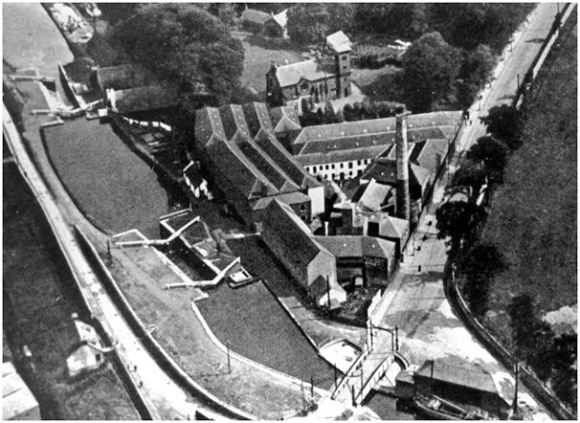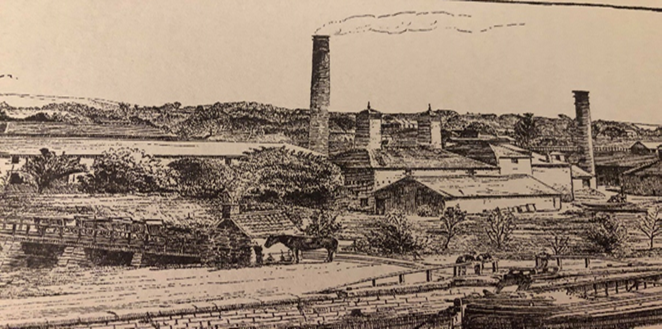John Piercy Henderson was both a Jamaican plantation owner and a Falkirk industrialist, remembered for the latter. Here we find out about his life in the West Indies, and his involvement in slavery.
Introducing Henderson
I found John Piercy Henderson on the University College London “Legacies of British Slave-ownership” website, when I was searching for links between Falkirk and former West Indian sugar plantations. What follows is a chronology of some events in his life, based on information from the UCL database and on some of the sources given there, as well as from local newspapers, mainly the Royal Gazette of Jamaica and the Falkirk Herald.
Timeline
1804
Henderson is born into a wealthy family who own at least six sugar estates and pens in Jamaica (smaller than estates, pens cultivated crops other than sugar, and livestock). His father, Colonel John Henderson, upon retiring from his life in Jamaica, builds Foswell, a large country house still in existence in Auchterarder, Perthshire (UCL).
Colonel John Henderson dies when his son is 5 years old. The Jamaican plantations are managed by attorneys for the family (UCL).
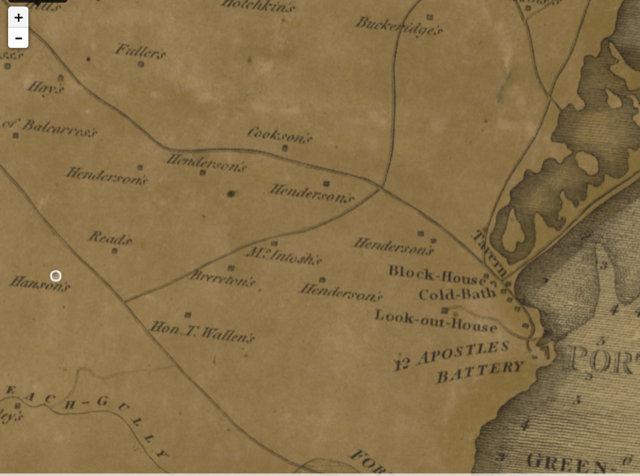

As a young man, Henderson goes to Jamaica and takes over the running of Goshen Pen and Port Henderson. The latter is a port developed by and named for his father; the family receive wharfage fees for its use (UCL).
1825
Henderson marries Eliza Anne Lockhart, the great-grand-daughter of Walter Nisbet, who also owned sugar estates on Nevis, another Caribbean island (UCL).
1826
Goshen Pen is described in the UCL database for this year as containing “155 enslaved people.” This is the first year that Henderson is named as owner. Another unnamed pen registered in Henderson’s name has 144 enslaved people.
Henderson’s wife gives birth to a daughter in Jamaica (Royal Gazette of Jamaica, 22 July 1826 p.23). Having a child here is not typical of plantation-owning families; usually wives and families remained in Scotland (Devine p.8).


The UCL website reports that two other children were born a few years later in Jamaica, and baptised in St. Catherine Anglican Church, Spanish Town, now known variously as St. Catherine Parish Church, Cathedral of St. Jago de la Vega, and Spanish Town Cathedral (“History of St Catherine”).
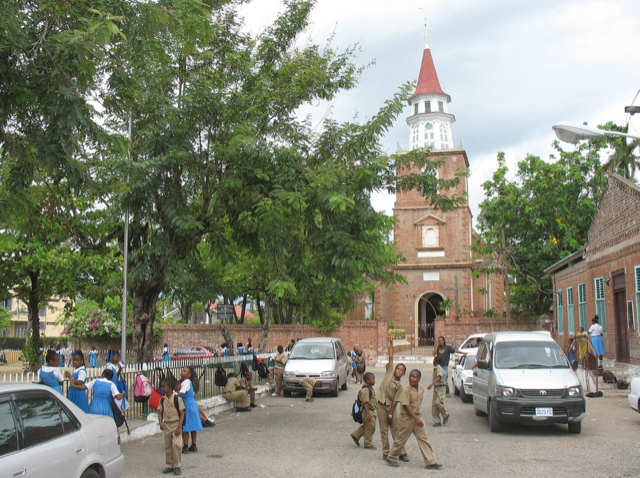

Henderson is sworn in to serve on the Grand Jury of the Grand Court (Royal Gazette of Jamaica. 14 October 1826 p.18).
1827
A ‘deserter’ from Henderson’s Goshen Pen is described in the Royal Gazette of Jamaica (14 October 1826 p.18).
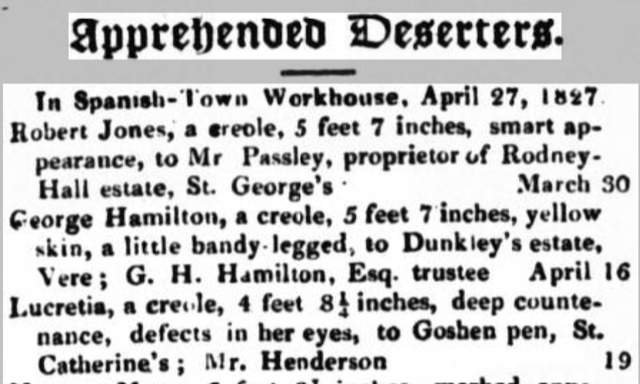

Such notices appear frequently in the newspaper. The owners of these enslaved people are reminded to collect them from the workhouse and pay the required fee; otherwise they will be put up for re-sale.
In July 1827, Henderson brings a case against an enslaved woman, Charity, from one of his pens. Charity is convicted of being an “incorrigible runaway” and sentenced to “confinement to hard labour in the Workhouse for life” (Royal Gazette of Jamaica 14 July 1827 p.18).
The following month, August 1827, sees Henderson, his wife and daughter set sail in the Pomona, presumably for a trip back to Scotland (Royal Gazette of Jamaica 04 August 1827). The Pomona was built in Bristol, classed as a “West-Indiaman,” possibly not dissimilar to the Britannia (above), and sailed mainly between Bristol and Trinidad (Farr p. 105-6).
1835
Henderson gets elected to the House of Assembly of Jamaica (Royal Gazette of Jamaica 31 October 1835 p. 19).


1844
Henderson left Jamaica some years ago and is now residing in Parkhill House, in Polmont, near Falkirk (Stirling Observer 26 June 1845 p.1). The end of slavery in 1834 – the Abolition Act was in 1833 but came into effect on 1st August 1834 (Draper 167-8) – and the successive system of “apprenticeship” (requiring formerly enslaved people to continue working for 75% of the week on the estates in exchange for provisions) which ended a few years later, may have precipitated him leaving Jamaica (“Emancipation of the British West Indies”). Henderson is now partner in a Chemical Works in Bo’ness, having previously been partner in a Glasgow firm.


Parkhill is broken into late one snowy night in December 1844. The Stirling Observer covers the court proceedings of the case. Around 1am, the perpetrator “wickedly and feloniously” breaks into “the house at Parkhill…occupied by John Piercy Henderson, Esq.” and “theftuously away takes a piece of a spermaceti candle, and a candle ornament of dyed whalebone.” Henderson awakes and goes after the burglar with a poker, which breaks upon striking the man’s arm, but does not manage to apprehend him (Stirling Observer, 26 June 1845, p.1).
1850
Henderson buys the southern part of the Glenfuir Estate, near Camelon, and builds Summerford House and Summerford Chemical Works there (Bailey).


1861
Henderson dies of a stroke. His obituary in the Falkirk Herald describes his time as an owner of enslaved people in the Caribbean as “a sojourn in Jamaica.” The obituary mentions that his father, “as was customary with landed gentlemen those days owned several estates in the West Indies;” it does not say that John Piercy Henderson inherited those estates and continued to work them until at least the mid to late 1830s when slavery (and apprenticeship) was abolished.
The obituary claims that Henderson had “an uncommon goodness of heart and liberality of disposition,” and that “no man had a greater hold over the affections of his workmen” (Falkirk Herald, 19 December 1861): an entirely different side to the man than that which Lucretia or Charity, the runaways mentioned above, would have known.
By Cathy Hardingham, Great Place volunteer, Hidden Heritage: Industry and Empire project 2020.
